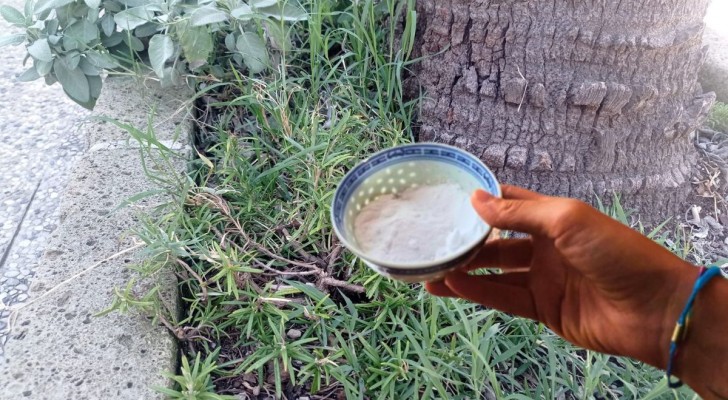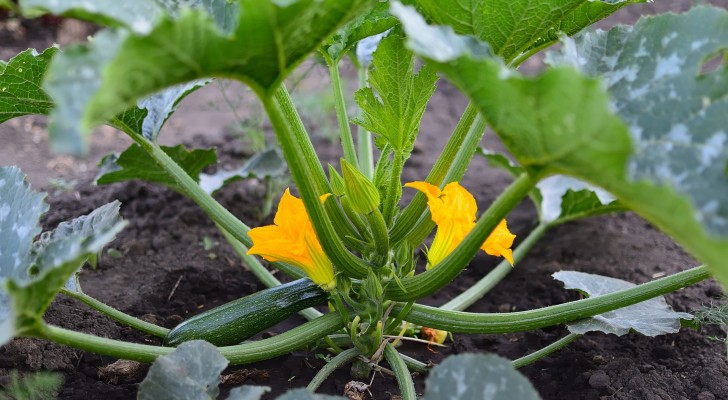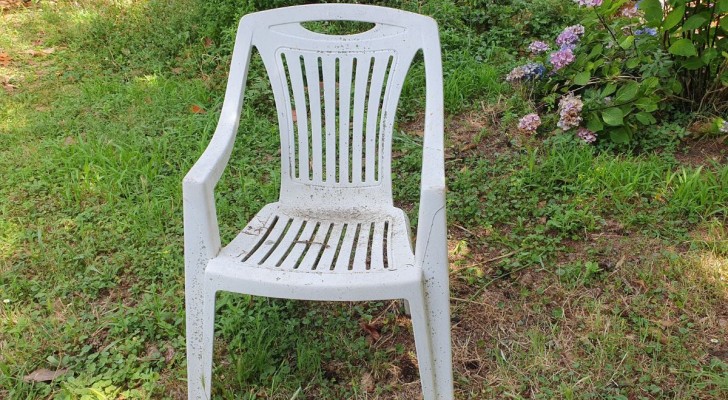The reasons why geraniums must be cultivated with care, according to experts
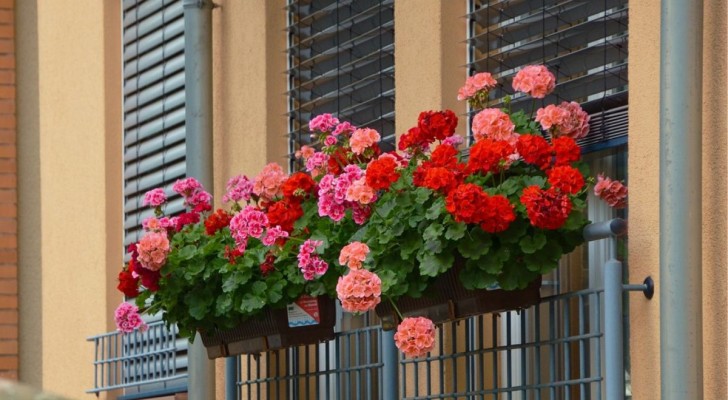
Advertisement
Geraniums are amongst the most popular of houseplants - not only for their mosquito repellent properties - but also for their wonderful and colorful flowers which bloom from spring to autumn. If brought indoors during the winter, the beauty of their colorful flowers can be enjoyed all year round.
There are several species of geranium that are grown in homes:
- Zonal geranium, Pelargonium hortorum, is grown for its beautiful ball-shaped flowers in many shades of red, pink, orange, purple and white.
- The ivy geranium, Pelargonium peltatum, on the other hand, is more similar to a climber with thin stems and is usually grown in hanging pots.
- The Lady Washington geranium, Pelargonium domesticum, is similar to the zonal geranium, but larger in size (up to one metre tall), and has large, showy, colorful flowers.
- Finally, there are several varieties of fragrant geraniums that have aromatic leaves and are widely used for medicinal and food preparation purposes.
Why then, do experts consider geraniums harmful to the environment? Let's find out together:
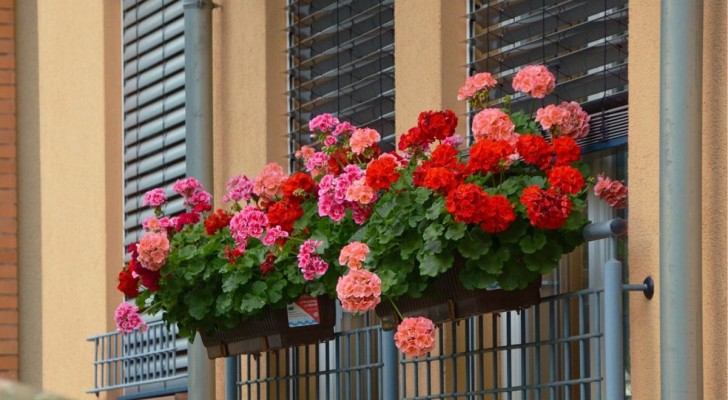
There are two main reasons why experts advise against growing too many geraniums:
- The first reason is precisely becaus of their abundant flowering properties: this attracts bees and other pollinating insects. The pistils of geraniums, however, are hidden by the the petals, resulting in a wasted journey for the insects. To avoid "misleading" bees (already challenged by extinction problems), geraniums should be grown next to plants that can offer the bees plenty of pollen (such as lavender, daisies, lilies and cornflowers).
- The second reason is that geraniums are slightly toxic for animals and humans. The sap of these plants, in fact, can irritate the skin; those who keep hamsters or rabbits must also pay greater attention to prevent these animals nibbling on the geraniums.
So, go ahead and grow geraniums, but keep the above advice in mind!
Advertisement

